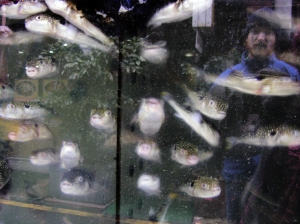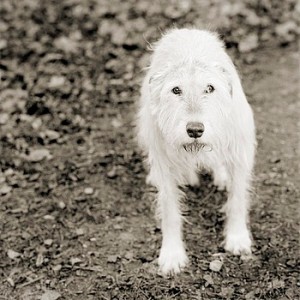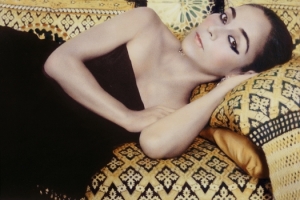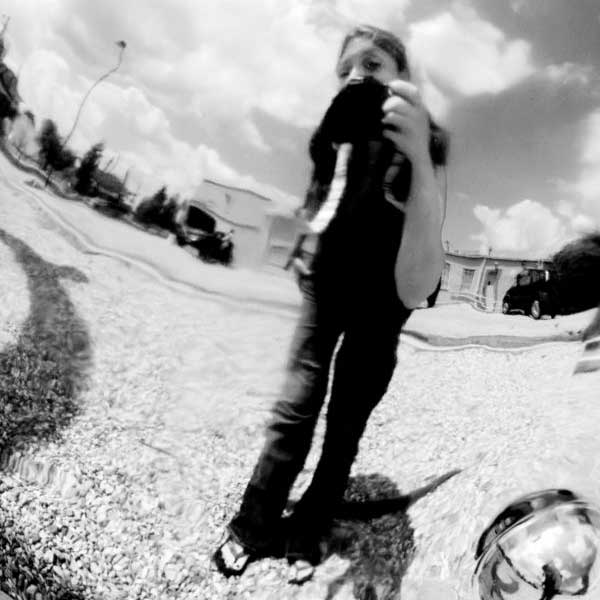Take a picture in celebration of World Photography Day
Happy World Photography Day! World Photography Day is a lesser known (but growing) holiday where photographers worldwide celebrate their craft. The date of August 19th is significant to the world of photography because on August 19, 1939, a few months after Louis Daguerre published the announcement of his invention, the daguerreotype, the French government announced this invention as a “gift to the free world.”
Photography pro’s, enthusiasts, geeks, hobbyists, or even none of the above, take a picture today in commemoration of photography and its place in the world today. As a little dedication to photography, below you’ll find a gallery of my most recent personal project: a few pics taken in Cabo San Lucas, Mexico.
Everybody loves a freebie
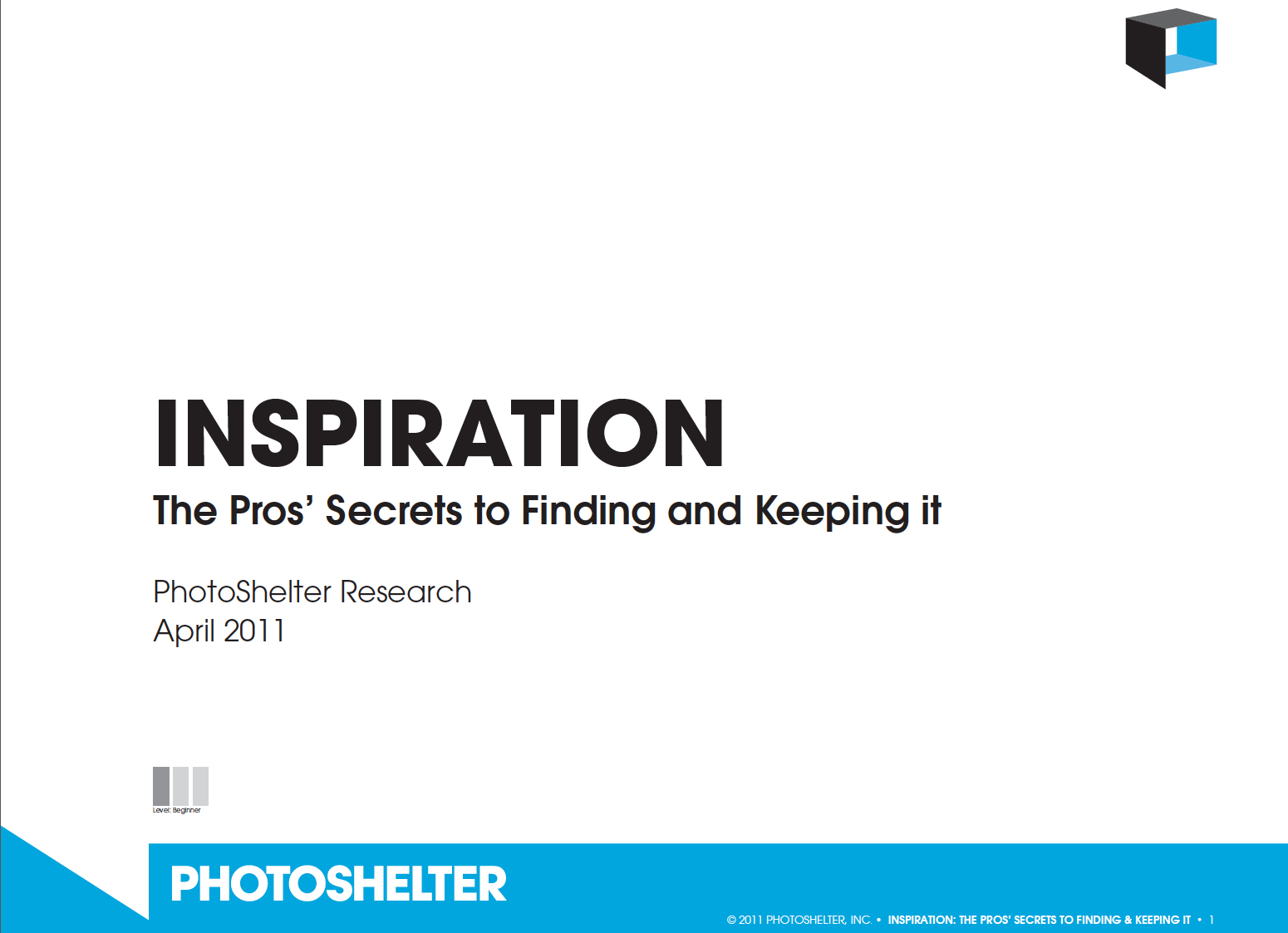
Alerting all pro photogs: PhotoShelter has a dozen photography business and marketing e-guides available for free. Yes, for free. You do have to provide your email address, however, it looks like that’s just because they email you the pdf as opposed to a general download. They also assured that email addresses would not be sold and are protected in a vault guarded by ligers. Why does humor make it seem more trustworthy?
I have not read any of the guides yet, but have downloaded and installed most of them on my Kindle. Looks promising. Thanks to the ASMP for the heads up on this one.
A shift in focus
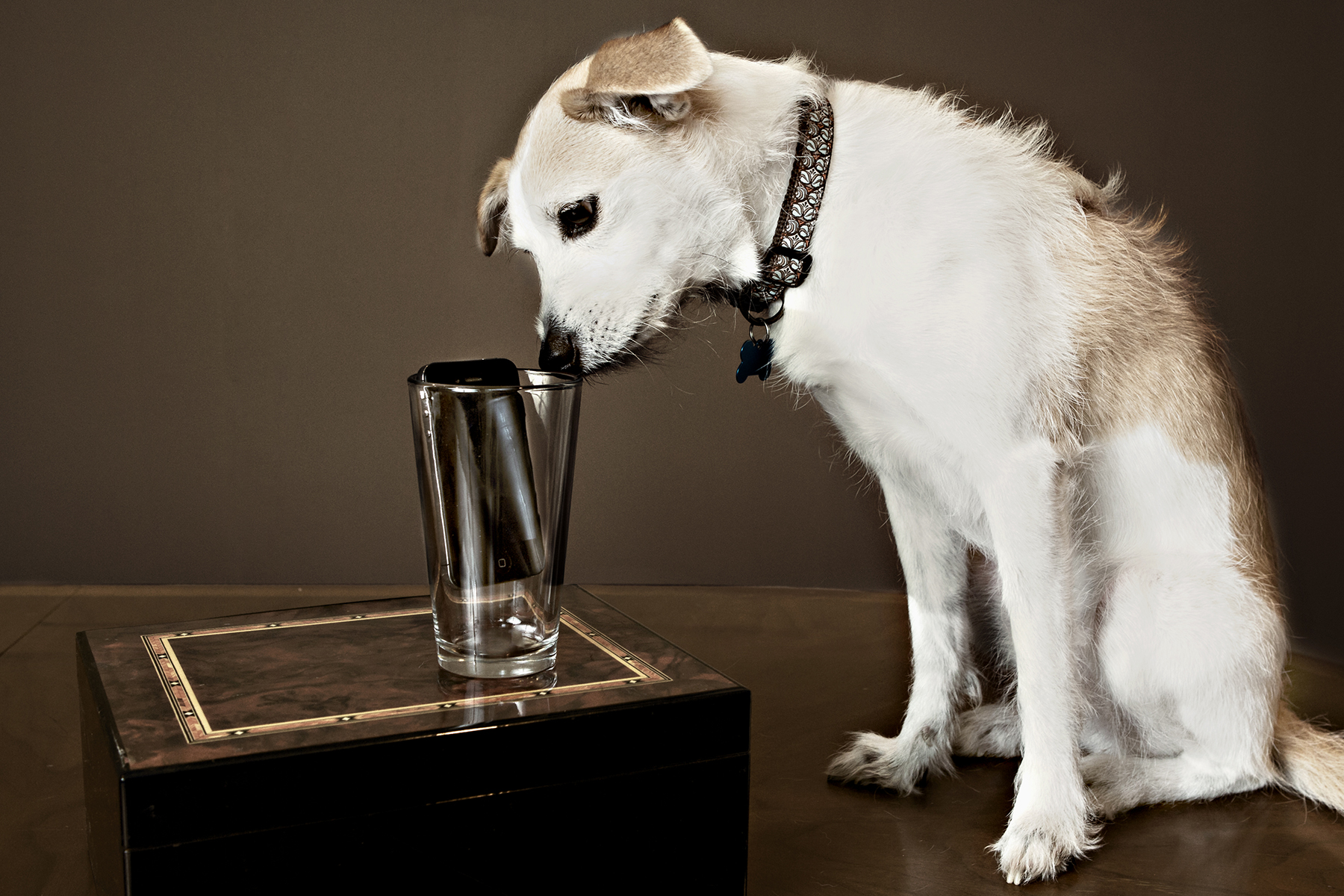
It’s happened to all of us: we grab an AWESOME shot, but upon further examination realize that a key element of said AWESOME photo is soft. Grrrr.
A company out of Silicon Valley is coming out with a new product later this year that takes focus out of the imaging equation. Yes, you read that correctly – no more out of focus images. Lytro’s camera let’s you select your focus point after the image is taken. The camera does this by capturing more light, and light from different angles, than your regular camera with a sensor called the microlens array. It basically fits a bunch of lenses into a neat and tiny package – a small point-and-shoot package to be exact. You can then go in after the fact to select your focus point in what Lytro calls a “living image.”
This new toy is garnering a lot of buzz from techno geeks and photographers alike, but a $50 million investment in the company begs the question: will it take off? In a nutshell, I say yes. Along with the obvious biggie of no out of focus shots, the camera brings some advantages to the table. To start, the time taken to focus an image is completely cut out of the process. This means no more waiting with a strained smile while the person taking the photo waits for the camera to do its thing. This combined with a lack of shutter lag makes the photo-taking experience particularly snappy.
Lytro is also working on the technology so the camera will be able to take images that are completely in focus (think Ansel Adams’ landscapes). But what about quality? Lytro has not yet made an official statement as to resolution, however, one of the prototype testers noted that there was no discrepancy between the resolution of the Lytro camera and his regular point-and-shoots. In addition to the technology, Lytro is in the process of making the images available to the usual suspects, namely Facebook and the iPad. To top it all off, Lytro images can be viewed in 3D, with the dorky glasses of course.
Another big looming question pertains to cost. Lytro has stated that the cameras will be available for the consumer market, meaning probably the lower end of hundreds of dollars. The release is expected late this year. Clearly the announcement of this new technology inspires more questions than it answers. Will I still be able to edit them in Photoshop? Will they even be jpgs? What about zoom? The FAQ page on Lytro’s blog answers some questions. Interested parties can keep tabs by reading the blog or signing up for the email list.
The video below explains a little more. For a fully interactive experience, check out their picture gallery.
Motion Pictures
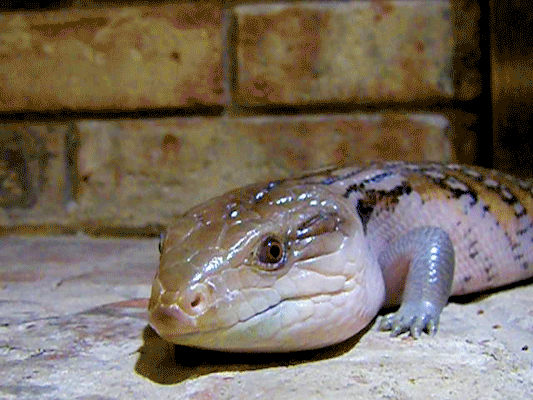
A big trend in photography this year has been moving photographs. Wait, isn’t a moving photograph just a video? Technically yes, however, photographer Jamie Beck and motion designer Kevin Burg teamed up to create a new little technique that combines stills and motion into one neat little package. I first came across the moving photograph on Gilt Taste (click on the categories) and naturally had a double take. Did that cheese wrapper really just flutter? The basic idea is to take a still photograph and have a small part of the image move in a subtle way. If I was in advertising, I’d be jumping at the opportunity to put this new technique to work before everybody’s doing it.
So, Shoot From the Hipster, how exactly does it work?
Patience, grasshopper. I am here to tell you.
The secret is in the GIF. A GIF is a file format that supports animation (think of all those online ads that flip). The “cinemagraphs” just involve a lot more frames to make the transition smooth and subtle. Think in layers. A still photograph is the top layer, with key areas cut out so the video underneath peeks through. It’s almost so simple that tons of graphics folks out there are having one of those little “doh!” moments and asking themselves: Why didn’t I think of that? The answer to that question is that video people think in motion, photographers think in stills. Score one for teamwork.
The best part about the cinemagraph is that anyone with Photoshop and a camera that takes video can do it. Photojojo has a great step-by-step guide on making your own.
So are cinemagraphs just a passing fad or here to stay? As always, it’s hard to tell. This is an advertising gold mine at the moment (think of the prospect of getting an audience to double take your ad), but overuse will ultimately result in everyone ignoring the ads, subtle motion or not, like they do today. If it remains cost-effective, they will stick around regardless. Personally, I’m waiting for the first art show of shifting photographs, or a room full of images playing dodge ball with each other.
Celebrating the great American snapshot
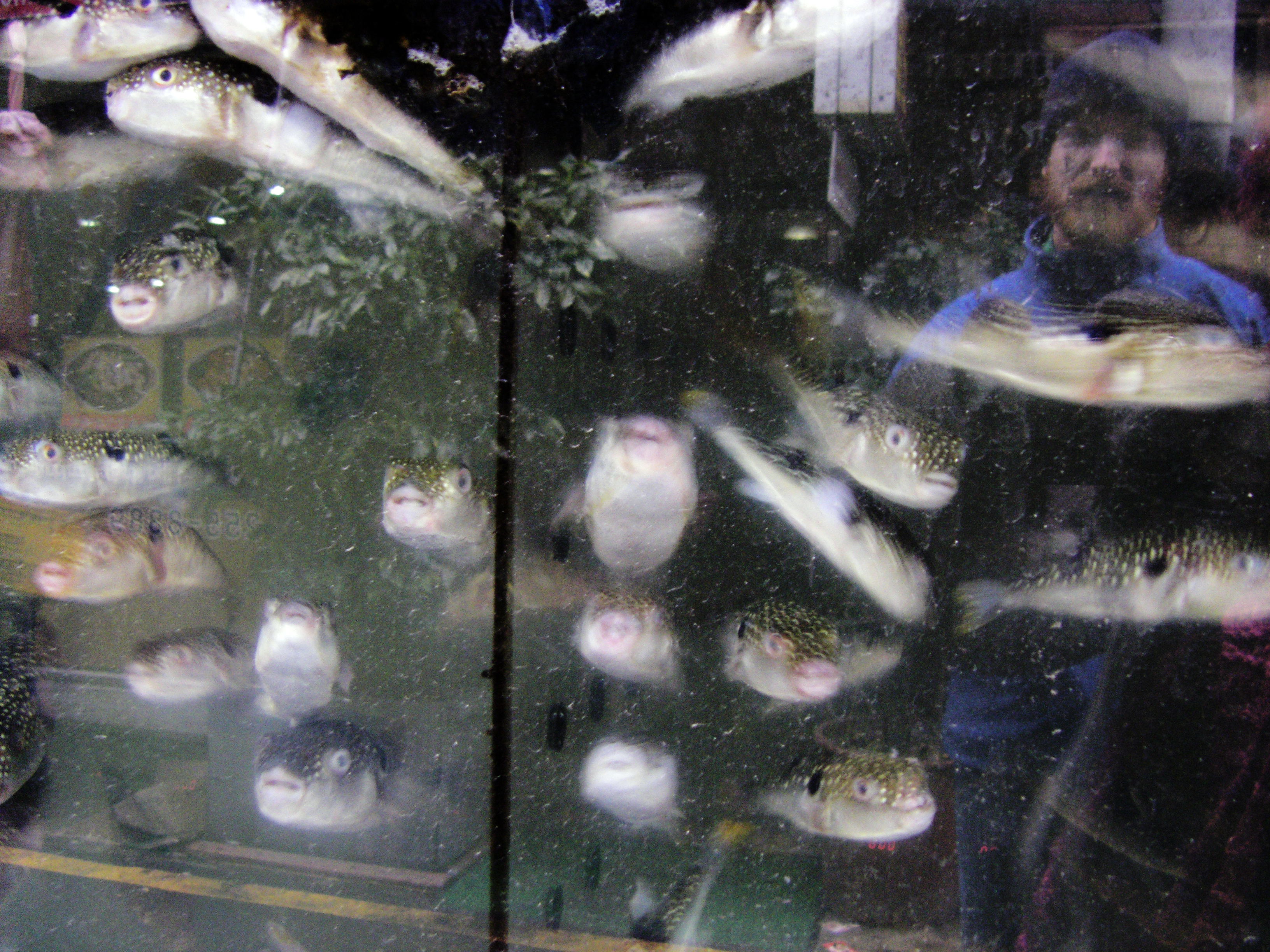
A “snapshot” is a photograph taken in spontaneity, often (but not always) with a non-professional camera. While a snapshot is not usually taken with any kind of artistic integrity in mind, the little imperfections that are synonymous with a snapshot can yield an artistic result. There is also something distinctively American about the snapshot, probably because we invented it. Good ‘ol Eastman Kodak invented the Brownie camera in 1900 and suddenly photography was no longer strictly for the professionals. “You push the button, we do the rest.” So begins the tale of poorly-exposed-heads-chopped-off-no-depth-of-field photography. The snapshot has, naturally, changed with the times. Film is no longer shipped to Kodak to get processed. In fact, people pretty much no longer get their images processed at all. (I don’t even get prints made anymore unless I am actually going to hang them up.)
The snapshot has made yet another leap as of late, moving from camera to phone. While few people make it a habit to bring their point-and-shoots with them everywhere, everyone brings their phone with them everywhere. The snapshot is suddenly peaking. People not only have the tools to take them anytime, anywhere, but they also immediately share them, either by uploading online or with a quick text or email.
In celebration of the art of the snapshot, photographer Chase Jarvis, an artist in a residency program at the Ace Hotel in New York, has created Dasein – An Invitation To Hang. This month-long project is an interactive “work of social art” in which Jarvis is taking snapshots around New York for a month. The cool part is that anybody can upload their own snapshots to share online. A selection of these images will also hang in the gallery at Ace Hotel New York and they will be updated with hundreds of new images daily. Photographers will not, however, be notified if their image is selected to hang. The only way to see if your snapshot makes it to the gallery wall is to stop by. Clearly this is limited to those living in or visiting New York, but that doesn’t mean we can’t all participate just for funsies.
I read the news today, oh boy!

There are some pretty awesome things popping up in the news this month. The Mavs are giving the Heat a run for their money (suck it LeBron!), a bounce house in Long Island blew away in high winds with children still inside (don’t worry, there were a few injuries but everyone is OK so we are gonna give it a chuckle and move along – and yes, why wasn’t that stupid thing staked to the ground in the first place?), apparently we’ve gotten really really close to finding a cure and/or vaccine for AIDS, and a US Rep named Weiner got caught uploading a photo of his wiener on Twitter. It doesn’t get much better than that, folks.
Another little gem comes to us from National Geographic. They recently aired a special on NatGeo about Area 51 and published recently de-classifed photos from the base that doesn’t officially exist. This all came about after the CIA started declassifying materials from the Cold War. They also posted a bit about how they hid their little projects from Soviet satellites. Unfortunately for the conspiracy theory community, so far there have been no aliens seen or reported. It looks like Area 51 really is just an air base used to build and test new war planes, although some of the models do look a little saucer-esque. As if the CIA would ever actually declassify information on alien bodies anyway. Then again, maybe this all just a ruse to put the rumors to bed…..
Did someone say commitment?

A little dedication goes a long way, at least that’s what “they” say. So where does a lot of dedication take a person?
For those of us in any competitive field, especially when it comes to the arts (don’t ask me why, I don’t make the rules), earning a fruitful living takes more than a good eye and a little dedication. Of what and how much it takes depends on the variables, however, the father of dedication is, of course, commitment. As a twenty-something that nasty little word is to be avoided at all costs. Then one day you wake up and realize commitment is pertinent to surviving in the ever-present concrete jungle as a certifiable adult. It’s really no different than facing those squatter toilets in a foreign country. You gotta commit or you’ll end up making a mess of yourself.
A mini-trip to Houston last weekend reminded me in more ways than one that building success isn’t a half-marathon, it’s a full Iron Man. For those of you also starting a new career or new venture, hopefully these little snapshots will remind you to keep plugging along, even if it seems like a continual work in progress or feels as if the finish line is 140.6 miles away.
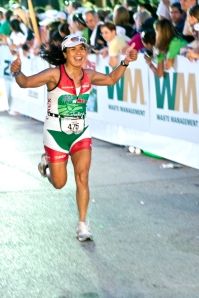
This is one of the finishers from Texas’ first official Ironman competition. She completed the 140.6 mile triathlon in about 13 hours. In order to train for an Ironman, the athletes workout for about 20 hours a week in the months preceding the race. Despite the sweltering Houston heat, 2,001 out of 2,160 athletes finished the race.

The “Beer Can House” in the Rice Military neighborhood of Houston took 18 years to complete. Owner and creator John Milkovisch drank every can that adorns his property (with a little help from his friends). While the task was more of a pastime then an artistic goal, Milkovisch just kept at it and created something unique and beautiful.
I are still cuddly
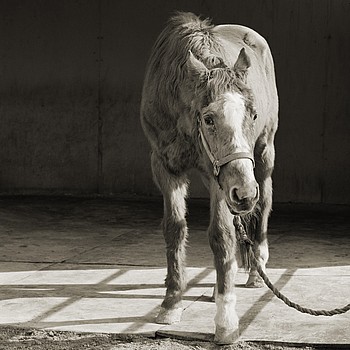
One of the many internet obsessions of today comes in the form of the cute and cuddly. From LOL cats to Cute Things Falling Asleep, people’s obsession with our furry friends has manifested itself online and wiggled its way into the mainstream realm. Kittens aren’t just for calendars anymore. Many videos and images that go viral, however, involve the very cute, very endearing, baby animals of all persuasions. This begs the question: what about our aging animal community?
Houston-based photographer Isa Leshko has not forgotten this oft-overlooked (and might I say marginalized?) community of elderly animals. Her latest work consists of a series of portraits of just that: elderly animals. Leshko’s captivating images show that there is still beauty in the breakdown. She visited farms and sanctuaries across the country photographing geriatric animals of various species, many of them farm animals. An old dog may not learn new tricks, but she remains loyal as sure as the old rooster still crows at first light.
Leshko’s demure images remind us that all aged creatures, human or otherwise, have a story to tell and wisdom to impart. Was that a work horse or a race horse? Was that old dog once the trusty steed of a young boy’s imagination? The images also oh-so-subtly remind us of our own mortality. It’s interesting how images of creatures very much alive can prompt a person to mull over the intricacies of life and death. So, folks, let’s applaud our elderly animals, if for no other reason than to remind them that they are not alone as they rage against the dying of the light.
If you happen to be in Galveston in late summer, check out Leshko’s portraits at Galveston Arts Center, scheduled for July 16-August 21.
The vintage look and old-school technique meet fine art photography

As a little girl I would visit my grandmother’s house in St. Louis for holidays and summers, and on the wall in the living room lined up are the senior portraits of my mother and her six brother’s and sisters with their tassels hanging from the corner. It’s the first thing you see when you walk in their house and I always remember looking at each of them, noting the 60’s-70’s hair-cuts, and how pretty all my aunts look lined up there. Another distinctive aspect always drew my attention to the first four portraits of my mom and three of her sisters. They went to an all-girls Catholic school, and the portraits at their school were taken in black and white and then hand-colored. Very snazzy and popular at the time, I’m sure. I remember asking my mom about it at some point, and she explained the process that they were really black and white photos that had been painted over.
This process has become less popular over the years, obviously once color photos became all the rage and especially now that with a few mouse clicks one can create that similar vintage look in Photoshop. I tried to hand-color some black and whites myself once, after a homeless kid gave me a brand new set of photographic paints (this is a story for a different time, but for now let’s just say I am very easy talk to). At any rate, I got out a print from my black and white class and attempted to color it in. This was not easy. Not only do you have to blend the colors to look just right, but it takes such a delicate hand to keep the paint from ending up in globs all over your print. As an antsy 18 year old, I found the process too frustrating to perfect. It wouldn’t have surprised me if the process had gone extinct…
Enter Egyptian photographer Youssef Nabil. His inspiration stems from his childhood love of old Egyptian movies and movie stars and his hand painted prints reflect a nostalgia nearly everyone can relate to. He is one of the few photographers left that hand paints his photographs. He has created numerous portraits of actors, performers and artists, and has even shot some near-household names including David Lynch, Tracy Emin and Alicia Keys. While the hand painted process has come full circle and returned to a state of novelty, look past the color and you find a set of poignant photographs that convey a sense of honesty in each of his subjects. It’s no wonder his work has been displayed all over the world.
Nabil’s images bring more than that old Hollywood nostalgia. For me, at least, they also take me back to my grandmother’s living room.





